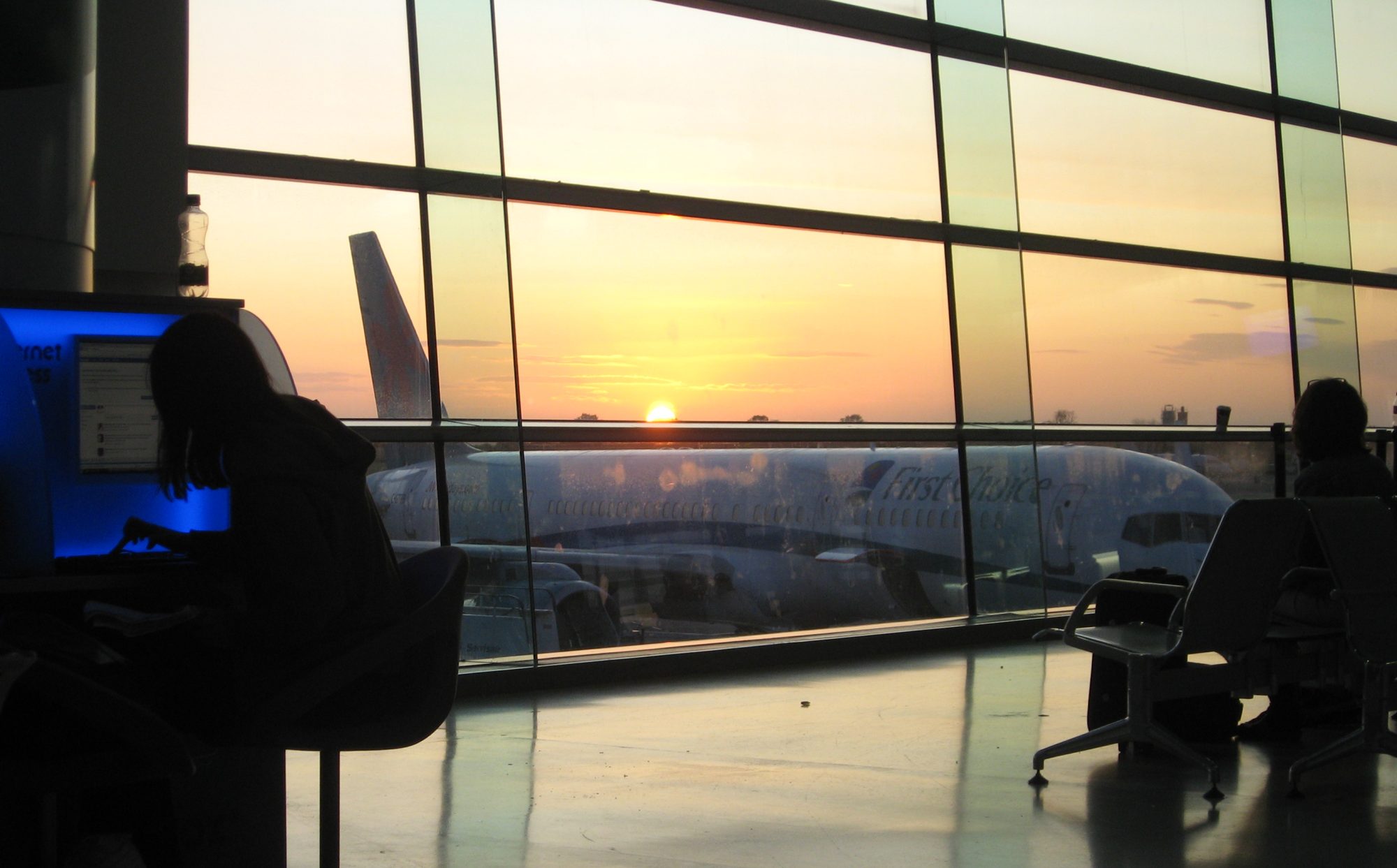For centuries people have moved in search for a better life elsewhere, but recently these movements have intensified. ICT technology and development of cheap transport options lead to expanded opportunities for international mobility and a qualitatively new experience of migration. The EU expansion to Central and Eastern Europe widened the pool of available destinations for European citizens. In this new migration and mobility context along more traditional migrants who leave for a destination and settle there, there are more and more migrants who stay on the move, migrating from one destination to another. Thus the objective of this project is to focus on the group of migrants who have moved more than once, specifically on mobile Poles (who have the experience of living in at least two foreign countries for 3 months or more in each). Polish migrants are a particularly interesting group, because of their long and diverse migration tradition and wide geographical spread.
This project will provide (1) new knowledge on multiple migration and (2) new tools to track mobilities of people in an increasingly globalised world.
While there is a diversity of theories explaining migration, it is unclear to what extent they apply also to multiple migration. We need to learn more about multiple migrants and why they do not settle in the countries they move to, but instead choose to move on. Research suggests that multiple migrants are a quite distinctive group from other migrants, possessing more resources and better information when they decide to move onwards. Existing knowledge also suggests that multiple migrants possess higher levels of human capital than migrants in general. If this is indeed the case, multiple migrants are a particularly interesting group of movers, because they point to how human capital can be transferred from one setting to another. This is potentially important for countries which compete for talent globally and try to attract the best individuals worldwide. Multiple migration is interesting as well when analysed from the micro perspective: it highlights how and when decisions around movement are taken, which destinations are chosen and for how long. Multiple migration also emphasises links between migration and individual life courses, as it can be taken individually or negotiated as a part of a household strategy. This is why the project will also concentrate on different motivations for movement that can be represented in the trajectories of multiple migrants, among which are labour migrants, individuals following family members, moving for self-development or education etc.
This research project proposes thus to study: Who are multiple migrants? How do they make decisions about migration? What types of movers are there, their routes, motivations for moving, sequences of migration spells and their durations? What are the labour market trajectories of multiple migrants?
In order to provide a broad picture of multiple migration the project will build on expertise from different disciplines: sociology, geography, psychology, economics, demographics, political sciences and the IT. Such an interdisciplinary approach will ensure a comprehensive understanding of the phenomenon. It will also contribute to the development of an innovative set of quantitative and qualitative methods. These tools will allow to locate highly mobile migrants with an online survey and then to track their trajectories using repeated in-depth interviews as they move across countries and labour markets .
